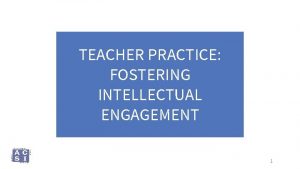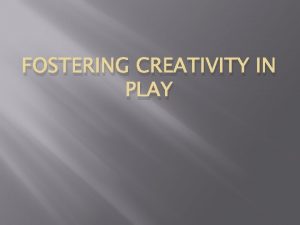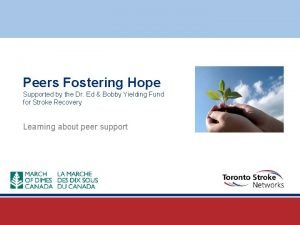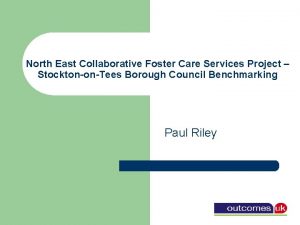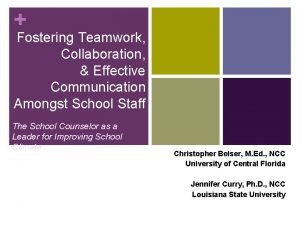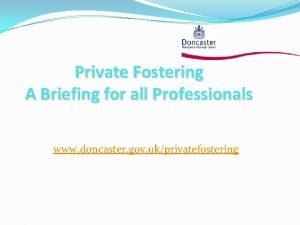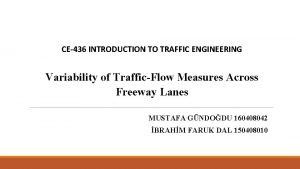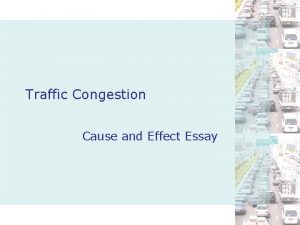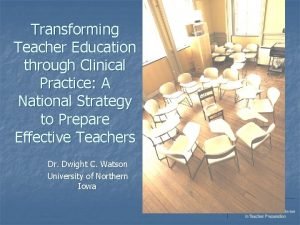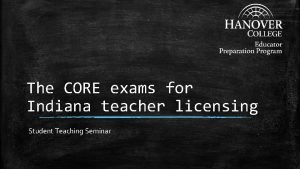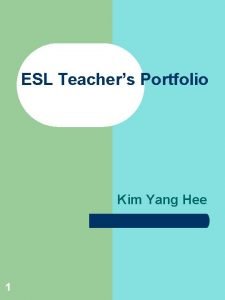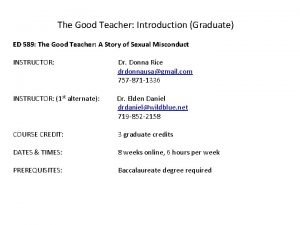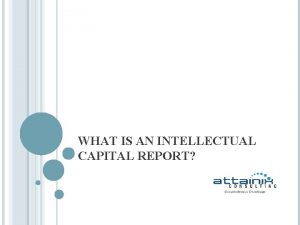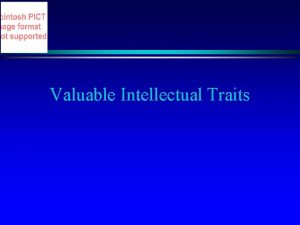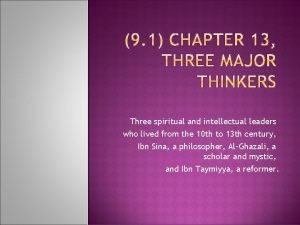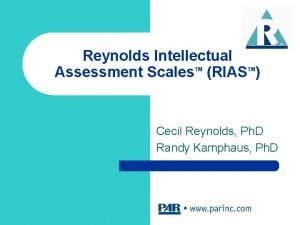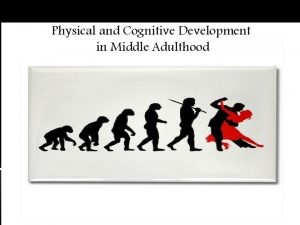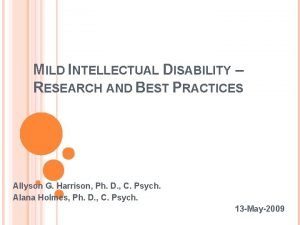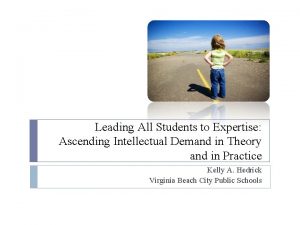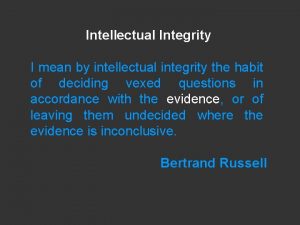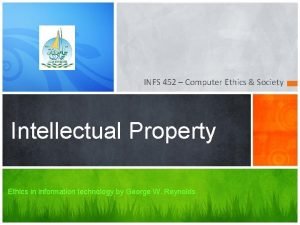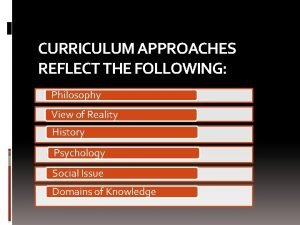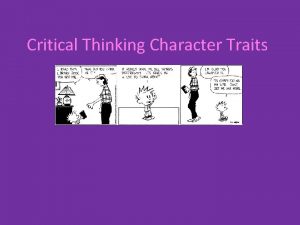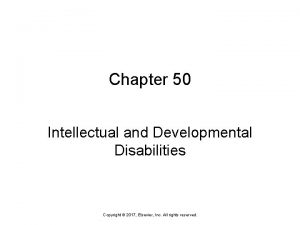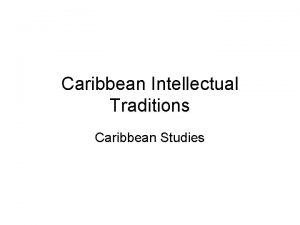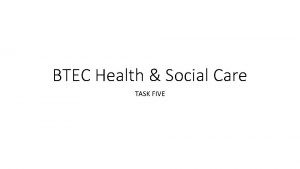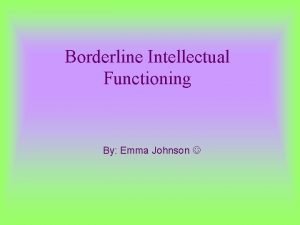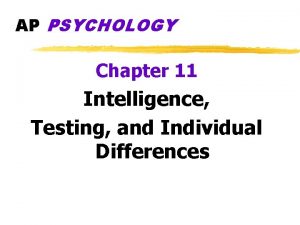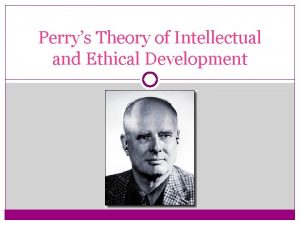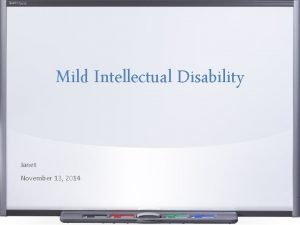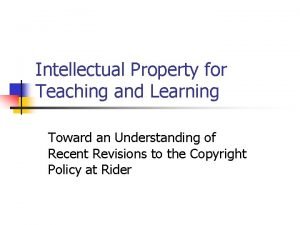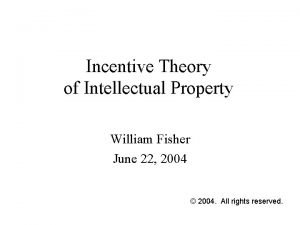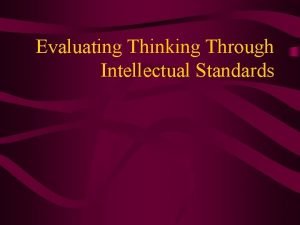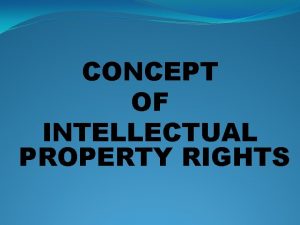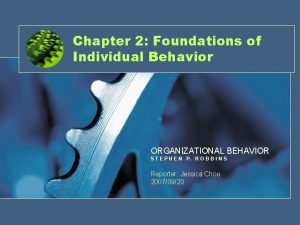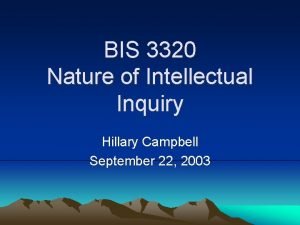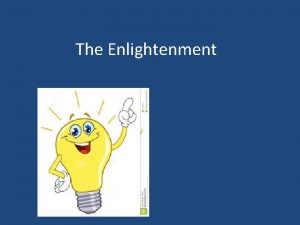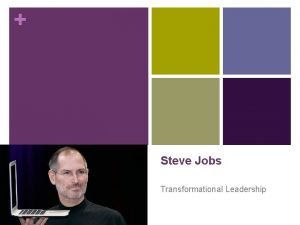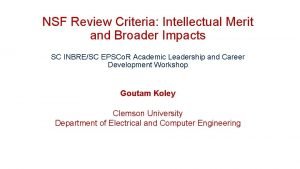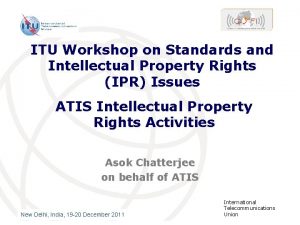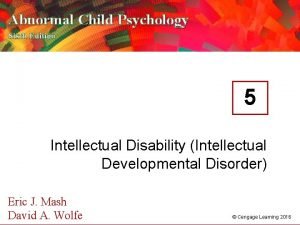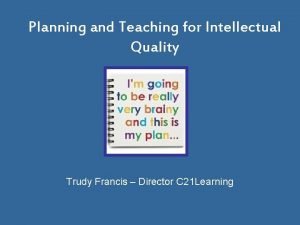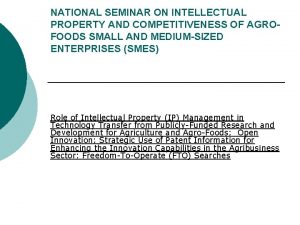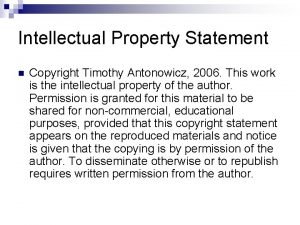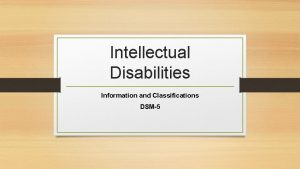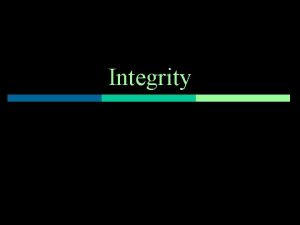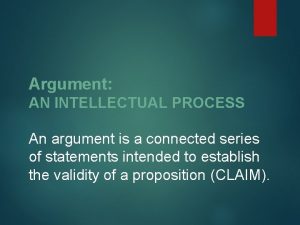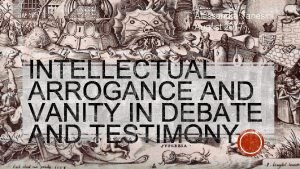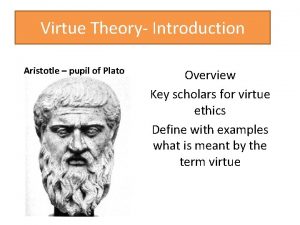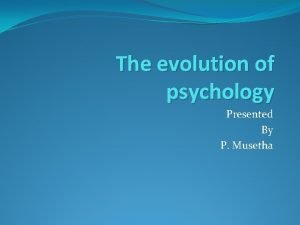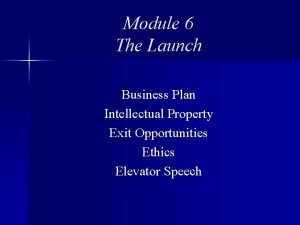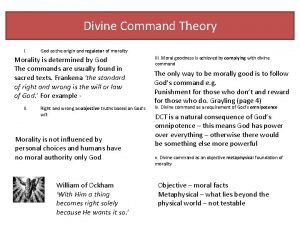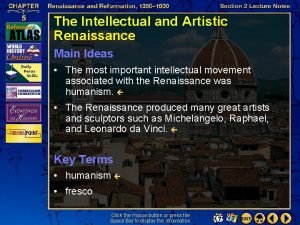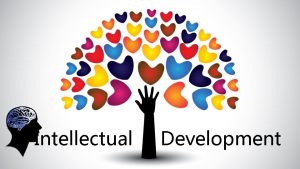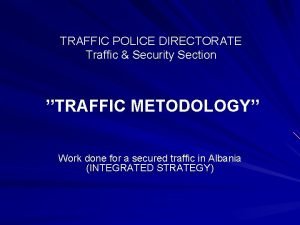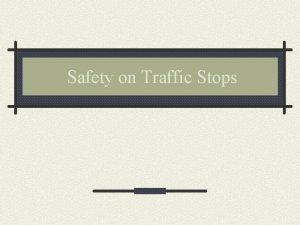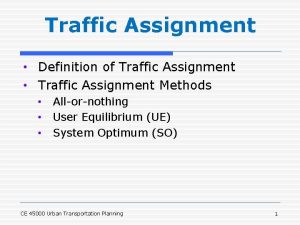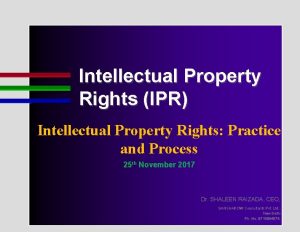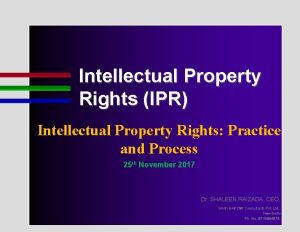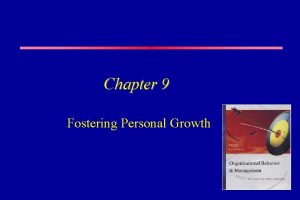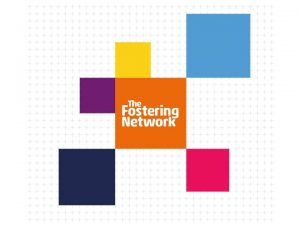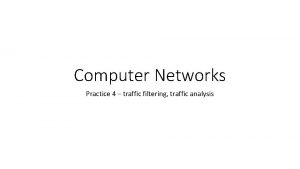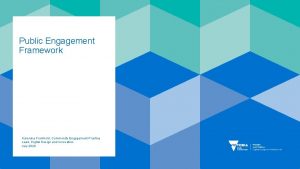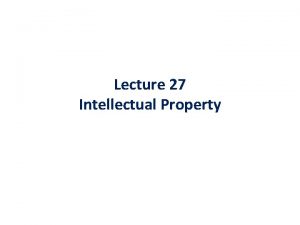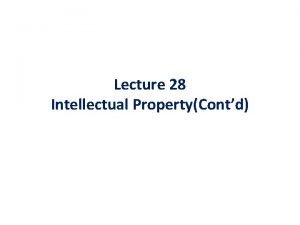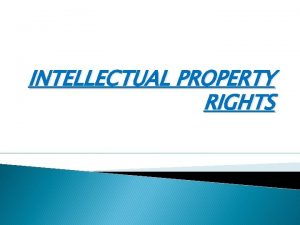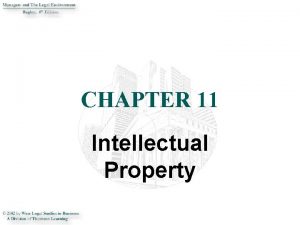TEACHER PRACTICE FOSTERING INTELLECTUAL ENGAGEMENT 1 Introduction Traffic























































































- Slides: 87

TEACHER PRACTICE: FOSTERING INTELLECTUAL ENGAGEMENT 1

Introduction Traffic Light Protocol Rarely Sometimes Always • • Think about yourself as a novice teacher. Read each statement about teacher practice. Place a green, yellow or red dot to indicate the frequency with which you use this practice. 2

Teacher Practices For Creating Opportunities For Engagement In an intellectually engaged classroom… 1. A consistent classroom management plan is employed. “[Teachers] plan for classroom management. . students practice procedures enough to execute them in a routine fashion. ” Marzano – Classroom Management 2. Plans include student learning activities. “. . . a teacher’s role is not so much to teach as it is to arrange for learning. That is, a teacher’s essential responsibility is…to design (or select or adapt) learning activities such that students learn important content. ” Danielson – Planning 3

Teacher Practices For Promoting Engagement 3. Higher order questions are asked. “Teachers’ questions probe student thinking and serve to extend understanding. ” Danielson – Questions 4. Cooperative learning is used consistently and systematically “Cooperative learning is a process. To support the success of cooperative learning, teachers must teach the steps of the process, provide students with opportunities to practice those steps, and clearly define the norms and parameters within which cooperative learning will take place. ” Mc. Rel – Cooperative Learning 4

Teacher Practices For Enhancing Engagement 5. Technology is used to enhance learning. “Teacher uses instructional technology to enhance student learning. ” Stronge – Technology 6. Reflection is a form of practice. “Reflection can involve several cognitive activities that lead to stronger learning; retrieving knowledge and earlier training from memory, connecting these to new experiences, and visualizing and mentally rehearsing what you might do differently next time. ” Brown-- Make it Stick 5

Why Intellectual Engagement? • Leading experts on teaching practice identify student engagement as core to learning. Danielson Marshall Marzano Mc. REL Stronge 3 c A. G C. G DQ: 5 Standard IV Performance Standard 3 This crosswalk includes the most commonly selected (but not all) NJDOE- approved instruments. 6

Why Intellectual Engagement? • Additionally, these frameworks all point to student-leadership in lessons as evidence of effective instruction throughout their domains. 7

Fostering Intellectual Engagement Enhancing Student Engagement: • Reflection Core Engagement Strategies: • • Questioning Grouping T E C H N O L O G Y Develop an Intellectually Engaged Classroom Environment • • Management Planning 8

Today’s Agenda • INTRODUCTION • FOUNDATION FOR ENGAGEMENT • CORE ENGAGEMENT STRATEGIES • ENHANCING ENGAGEMENT 9 9

Achievement Coach Program • This session is part of the New Jersey Achievement Coach Program. • Achievement Coaches are educators selected by their districts as leaders who share their knowledge of teaching and learning with their peers. • The three sessions led by Achievement Coaches were developed by New Jersey's educators to address specific needs. 10

Norms 1. Active Listening and Learning – Listen hard, speak softly. – Take ownership over your learning. – Be solution-oriented. – Think about how this looks in your classroom or school. 2. Parking Lot – Please write any outstanding questions you have on the “Parking Lot” in the back of the room. 3. Cell Phones – Please keep phones on silent and take emergency calls/texts outside. 11

Monitoring and Adjusting in the Teaching and Learning Cycle Fostering Intellectual Engagement Using Assessment Data to Drive Instruction Plan Analyze Implement Collect Effective Assessments 12

Session Objectives Apply concepts from today’s presentation in planning concrete next steps towards… ✓ developing a classroom environment which fosters an intellectually engaged class. ✓ creating structures in which high quality questions and student discussions are a regular aspect of the classroom. ✓ using instructional groups in the most effective and efficient manner. ✓ utilizing technology to advance student engagement and learning. ✓ using reflection as a tool to best support teaching and learning. 13

Technology to Support Engagement • As we discuss technology as a strategy to facilitate engagement, you are invited to contribute to an online discussion using: Today’s Meet • Non-tech option: Parking Lot with Post-its 14

Today’s Agenda • INTRODUCTION AND FRAMING • FOUNDATION FOR ENGAGEMENT • CORE ENGAGEMENT STRATEGIES • ENHANCING ENGAGEMENT 15

Fostering Intellectual Engagement T E C H N O L O G Y Develop an Intellectually Engaged Classroom Environment • • Management Planning 16

Classroom Management Essential Question: What does a classroom environment look like that engages students in their own learning? 17

Classroom Management Activity • On separate post-its, write 3 -5 classroom management strategies that you utilize. 18

Classroom Management Activity • In your group, place the post-its on the Control/Engagement Venn Diagram. 19

Classroom Management Activity • With your group, choose a strategy used for Control and discuss how it can be modified for greater Engagement. 20

Classroom Management Key Concepts • Effective teachers. . . ― maximize instructional time. ― ensure smooth transitions. ― maintain momentum. ― limit disruptions. 21

Planning Essential Questions: How can effective planning, establishing routines, and infusing technology support an intellectually engaged classroom? 22

Fostering Intellectual Engagement T E C H N O L O G Y Develop an Intellectually Engaged Classroom Environment • • Management Planning 23

Planning Research Effective teachers plan for intellectual engagement by identifying clear lesson and learning objectives, and carefully linking activities to them that engage students based on their needs. 24

Planning Activity Grade One Reading What is the teacher doing? What are the students doing? What else do you notice? (materials, resources, use of space and time, etc. ) 25

Planning Activity • Using your video guide, share what you noticed with a partner. Share with whole group: • What evidence do you have that the students were engaged? • What did the teacher do to make this happen? 26

Planning Activity 27

Planning Key Concepts • Lesson plans which foster intellectual engagement have: − clear student objectives. − organized content presentation that include student activities. − selected curriculum resources that reflect the objectives and student characteristics. − prepared questions to check for understanding and extend the learning opportunities. 28

Planning Key Concepts • Effective lesson plans include the following: − Objective − Teacher activities − Student activities − Materials and resources − Assessment strategy Notice, the educator used past assessment data to tailor her objectives, activities, and materials to meet the needs of her students. This is key to enhancing engagement. Planning & Management Interview 29

Planning Application • Consider a recent lesson plan. • Identify routines and student activities which foster intellectual engagement. • What could you add to your lesson plan to foster greater intellectual engagement? 30

Reflection: Management and Planning Restate what you learned on Today’s Meet: What role does each play when creating an intellectually engaged classroom? Select one: ✓classroom management ✓planning ✓technology tools 31

Key Takeaways • Management ― Routines allow for engagement as teacher and students must share ownership in maintaining control to maximize engagement ― Technology may facilitate management strategies from control to engagement ― Management is not limited to the environment inside the classroom • Planning ―The planning phase begins the transformation from teacher-led to student-led classrooms ―Planning for intellectual engagement establishes teachers as facilitators of student learning ―Effective teachers recognize the various needs of their students and plan for engagement based on those needs. 32

Today’s Agenda • INTRODUCTION AND FRAMING • FOUNDATION FOR ENGAGEMENT • CORE ENGAGEMENT STRATEGIES • ENHANCING ENGAGEMENT 33

Fostering Intellectual Engagement Core Engagement Strategies: • Questioning T E C H N O L O G Y Develop an Intellectually Engaged Classroom Environment • • Management Planning 34

Questions Essential Question: How can high quality questions create a high quality opportunity for learning? 35

Questions Research How do high quality questions promote learning? • • • Stimulate thinking Clarify understanding Reveal misconceptions Deepen understanding Hear alternate views Make connections 36

Questions Activity • On separate Post-its, write 5 to 7 questions that you hear in the video. Questions 37

Questions Activity Affinity Protocol: • With your group, place all of your Post-its on the wall. • Sort all of the questions that you collected by only moving your Post-its. (No talking!) • Share how you sorted them in your group. • Share out with whole group. 38

Questions Activity • Possible ways to categorize questions − Low level/high level − Open/closed − Teacher/student − Divergent/convergent − Google/good 39

Questions Key Concepts Questions need to be purposeful. Intellectual engagement requires a mix of questions, beginning with lower level, teachercreated, convergent, Google-type questions for management and assessment. . . 40

Questions Key Concepts. . . and leading towards open ended, higher-order, divergent questions which cause engagement and learning because they require discussion, research, and evidence to support the answer. 41

Questions Activity 42

Questions Activity • Write three questions using the chart, and identify the purpose of the question. − Management − Assessment − Engagement & Learning 43

Questions Activity Examples of questions with different purposes: Management • How do we move into groups? • Who is the time-keeper? • Who gathers the painting supplies for this week’s project? Assessment • • What is the capital of China? Who is the main character? When would photosynthesis occur? How many players can be on the court during a volleyball game? 44

Questions Activity Examples of questions with different purposes: Cause engagement & learning • • • Where did we use this concept before? How might this impact the future? Why do you multiply by the reciprocal when dividing fractions? How will you support your thesis statement? How might you modify your rocket design to increase distance traveled? Why might you choose a current arrangement of a musical piece as opposed to an original composition? 45

Depth of Knowledge and Questioning Webb's Depth of Knowledge Guide 46

The Basics of Webb’s DOK • Used to determine level of rigor based on cognitive complexity: − − − Considers “complexity” versus “difficulty” of task or question. Identifies thinking level required to produce acceptable responses. What cognitive processes are demanded by the task/question as outlined by the objective of the task/question? − Does the DOK level of question match the complexity of the response? − In other words, are the students engaging at the required DOK level of questioning? 47

Depth of Knowledge and Questioning Level One Who fought in the Civil War? Level Two Level Three Level Four How were Union soldiers similar to Confederate soldiers? What evidence supports the South having the right to secede from the United States? What do you feel the long term impact of the Civil War will be on the United States? 48

Reflection: Questions Remember and relate to your experience on Today’s Meet: Recalling a previous lesson, how can you enhance your questioning techniques to foster intellectual engagement? 49

Fostering Intellectual Engagement Core Engagement Strategies: • • Questioning Grouping T E C H N O L O G Y Develop an Intellectually Engaged Classroom Environment • • Management Planning 50

Instructional Groups Essential Question: How can using appropriate instructional groups support intellectual engagement and facilitate student-centered discussion? 51

Instructional Groups Research • Working with a small group provides “high quality, ” intensive instruction appropriate for every member of the group. (Fountas and Pinnell, 2001) • Teachers challenge all learners by providing instruction at varied levels of difficulty based on needs by using instructional groups. (Tomlinson, 2000) • Cooperative group work results in increased self esteem, improved relationships among students, and increased social and educational skills. (Gillies, 2008) • The most powerful single modification that enhances achievement is feedback through small group instruction. (Hattie, 1992) • By intentionally incorporating the elements of positive interdependence and individual accountability, teachers set the stage for students to be responsible for their own learning; the learning of those in their group; and the ability to demonstrate what they know, understand, and are able to do. (Mc. Rel, 2012) 52

Plickers is a free tech tool that we will use to foster critical thinking about engagement. You need to create an account online and get the app on a mobile device. Rotate your Plicker symbol to indicate a response to 3 questions: A, B, C, or D. 53

Instructional Groups Activity Instructional Groups What is the teacher doing? What are the students doing? What else do you notice? (materials, resources, use of space and time, etc. ) 54

Instructional Groups Activity • After watching the videos and taking notes, what characteristics were necessary for the groups to work? • Use Silent Discussion Protocol to share with your group. Use words, pictures, or phrases to write one thing you noticed on the chart paper. When prompted, turn chart paper, read and write more. Continue until you are back to your initial comment. 55

Instructional Groups Activity Planning for Groups • Visible characteristics for success • Invisible characteristics for success 56

Instructional Groups Key Concepts • Visible characteristics for success − Defined meeting space − Organized and available materials − Routines established 57

Instructional Groups Key Concepts Invisible characteristics for success • • data used in planning used at appropriate times in unit used often enough, but not every day self-assessment or teacher assessment is included 58

Instructional Groups Key Concepts Grouping patterns • Turn and talk (random) • Turn and talk (partners chosen by teacher) • Small groups (low structure) • Differentiated groups – assessment/data based 59

Student-Centered Discussion "I never teach my pupils; I only attempt to provide the conditions in which they can learn. " -- Albert Einstein Learning is an interactive process between the student, the teacher, and the subject matter. Learning is enabled by a teaching approach. A well thought out teaching approach serves to motivate students’ desire to learn, empowers students to think about the subject matter on their own, and helps the teacher create a learning environment that is developmentally appropriate. Such a teaching approach enables students and the teacher to take part in the learning process as co-thinkers. • Highlight or underline 5 key words or phrases from the quote. • With a partner, volley back and forth sharing a key word or phrase. http: //www. interactivityfoundation. org/wp-content/uploads/2009/12/Guidebook-for-Student-Centered-Classroom-Discussions. pdf 60

Teacher Led vs. Student Led Discussion Teacher Led Discussion Student Centered Discussions Discussion Interaction Teacher to Student Role of Teacher Control Discussion Flow Serves as Expert Assess Student Discussion Mentor Students Content Understanding Externally Driven by Teacher Internally Driven by Students Teacher Role Content Expert Student Development Mentor Student Role Listening Note Taking Discussing Developing Copyright 2008. Interactivity Foundation (all rights reserved). 61

Student-Centered Discussion • Fishbowl- Do Now: − Read the handout, “Keys to Effective Student-Centered Discussion” highlighting and annotating addressing the fishbowl questions in preparation for today’s fishbowl: What are the keys to effective student-centered discussion? Which component do you feel is most crucial for success? 62

Fishbowl Protocol • Inside circle: Four “fish” in a bowl • Will assume the roles of facilitator, time-keeper, presenter, and encourager. • Outside Circle: Observers are listening in on the conversation - not carrying on their own conversation • Consider the discussion questions, but feel free to take the discussion where you want to go! 63

Reflection: Student-Centered Discussion React with your opinion via Today’s Meet: What instructional grouping tools/protocols will work to enhance student-led discussions in your classroom? 64

Key Takeaways • Questions ― The purposes of questions are to design ways to engage students in the instructional process. ― Teachers need to determine how students will demonstrate engagement at the appropriate DOK level of rigor. ― Teachers need to scaffold questioning to achieve their desired learning outcomes. • Groups ―Planning for groups involves a mix of visible and invisible characteristics to ensure effectiveness. ―Group roles need to be well defined, practiced, and expectations need promote intrinsic and extrinsic accountability. ―Well-designed student-led discussion allows students to assume the roles of mentor, coach, and facilitator. 65

Today’s Agenda • INTRODUCTION • FOUNDATION FOR ENGAGEMENT • CORE ENGAGEMENT STRATEGIES • ENHANCING ENGAGEMENT 66

Fostering Intellectual Engagement Enhancing Student Engagement: • Reflection Core Engagement Strategies: • • Questioning Grouping T E C H N O L O G Y Develop an Intellectually Engaged Classroom Environment • • Management Planning 67

Reflection Essential Question: What role does reflection play in the learning process? 68

Reflection Research Reflection makes learners ponder and think recursively. 4 R’s of Reflecting: • • Restate - what did you learn React - what is your opinion Remember - relate to your experience Respond - with a question 69

Reflection Key Concepts Reflection is: • a recursive revisiting of what was learned. • an opportunity to examine what was learned from a new perspective or to add another layer to what was learned. • an invitation for learners to think critically or metacognitively. • often what “cements” or clarifies learning. 70

Fostering Intellectual Engagement Enhancing Student Engagement: • Reflection Core Engagement Strategies: • • Questioning Grouping T E C H N O L O G Y Develop an Intellectually Engaged Classroom Environment • • Management Planning 71

Technology Essential Question: Specifically how does technology enhance the learning process? 72

Reasons for Technology Integration Promote Collaboration Foster Creativity The Four C’s of 21 st Century Learning Facilitate Communication Encourage Critical Thinking What is the relationship between technology in the classroom and “the four C’s” of 21 st century learning? 73

Depth of Knowledge and Technology Webb’s Depth of Knowledge & Web 2. 0 74

Post-it Protocol ✓ Write each tech tool in your current repertoire on a Post-it ✓ Collate your Post-its with the whole group ✓ Sort and label using the 4 C’s Use “Epic BYOD Toolchest” as a reference 75

Technology for Intellectual Engagement Watch this Video Using Technology to Increase Intellectual Engagement -Clearview Regional Media Production • What resonates with you? 76

Technology Key Concepts • Technology in the classroom supports engagement, assessment, and differentiation. • (Examples: Today’s Meet, Socrative, Google Forms) Technology outside the classroom supports on-going learning. • (Examples: Google Docs, Online classrooms such as Moodle, Google Classroom and Canvas, Edmodo, Weebly, Twitter, You. Tube, Instagram) Use what is permitted as there is plenty to choose from. (Examples: Plickers, Kahoot, Remind, Padlet) 77

Reflection: Technology Success Story Remember and relate via Today’s Meet: Share an experience when a tech tool facilitated one of the 4 C’s. Include: ✓Grade level ✓Tech tool ✓Lesson objective ✓The “C” factor (Collaboration, Communication, Creativity, or Critical Thinking) 78

Key Takeaways Strategies • Technology ―Technology provides a platform for continuous learning and reflection. ―Technology fosters collaboration among teachers and students. ―Technology resources align with a variety of learning styles that can guide planning for instruction and assessment. • Reflection ―Reflection can deepen students’ engagement and help internalize the learning. ―Reflection can be a pathway to setting learning goals. ―Reflection promotes self-evaluation for students and teachers. 79

Get ready to. . . Disco-flect! 80

What’s your big takeaway from DOK? 81

Which technology resource will you use in your classroom? 82

What is one protocol that you will use in your classroom? Why and how? • • • Traffic light Post-it Affinity Silent Discussion Fishbowl Wow and Wonder VIP Word/Phrase “I had that” Volley share out 83

Boogie on back. . . Homework for the break: Share on social media about your enthusiasm! #ACSI 2016 84

Module Closure Respond to the module with a question on a Post-it as an exit ticket: Consider your turnkey presentation of this module in your district. Write a related question you want to see addressed in Part 2: Preparing to Turnkey the Module. 85

Final Closure Now that you set a goal, make it stick! No goal: 0% Set a goal: 20% Write it down: 35% Accountability Partner: 51% Specific Action Steps: 86% 86

SMART Goal Set a SMART Goal for your practice Specific Measurable Action-Oriented Realistic Time-bound 87
 Intellectual engagement examples
Intellectual engagement examples Incomina
Incomina Intelligent traffic solutions
Intelligent traffic solutions Creativity and play fostering creativity
Creativity and play fostering creativity Fostering hope scholarship
Fostering hope scholarship Fostering stockton on tees
Fostering stockton on tees Fostering healthy solutions
Fostering healthy solutions Fostering teamwork
Fostering teamwork Fostering in doncaster
Fostering in doncaster Erf requirements for teacher 3
Erf requirements for teacher 3 Good afternoon my dear students
Good afternoon my dear students Introduction to traffic management
Introduction to traffic management Introduction to traffic engineering
Introduction to traffic engineering Traffic congestion essay introduction
Traffic congestion essay introduction Transforming teacher education through clinical practice
Transforming teacher education through clinical practice Indiana teaching license test
Indiana teaching license test Esl teacher portfolio
Esl teacher portfolio Good teacher introduction
Good teacher introduction Practice assessor feedback examples
Practice assessor feedback examples Intellectual capital examples
Intellectual capital examples Lifang zhang
Lifang zhang What are the intellectual traits
What are the intellectual traits Trade-related aspects of intellectual property rights
Trade-related aspects of intellectual property rights The intellectual and spiritual leaders
The intellectual and spiritual leaders Rias iq test
Rias iq test Intellectual property rights in professional practices
Intellectual property rights in professional practices Cognitive development for middle adulthood
Cognitive development for middle adulthood Borderline intellectual functioning
Borderline intellectual functioning Ascending levels of intellectual demand
Ascending levels of intellectual demand Late adulthood intellectual development
Late adulthood intellectual development Importance of intellectual property
Importance of intellectual property Intellectual property management definition
Intellectual property management definition Advantages of intellectual property
Advantages of intellectual property I n t e l l e c t u a l
I n t e l l e c t u a l Definition of intellectual freedom
Definition of intellectual freedom Intellectual curiosity definition
Intellectual curiosity definition Example of intellectual property in business plan
Example of intellectual property in business plan Property
Property Early adulthood age erikson
Early adulthood age erikson Intellectual-academic approach
Intellectual-academic approach Intellectual courage in critical thinking
Intellectual courage in critical thinking Intellectual courage in critical thinking
Intellectual courage in critical thinking Chapter 9 intellectual development of infants
Chapter 9 intellectual development of infants Chapter 50 intellectual and developmental disabilities
Chapter 50 intellectual and developmental disabilities Caribbean studies intellectual traditions
Caribbean studies intellectual traditions What is intellectual in health and social care
What is intellectual in health and social care Borderline intellectual functioning
Borderline intellectual functioning Ap psychology unit 11 review
Ap psychology unit 11 review Perry's theory of intellectual and ethical development
Perry's theory of intellectual and ethical development Mild intellectual disability
Mild intellectual disability Right to intellectual property of teachers
Right to intellectual property of teachers Intellectual property law definition
Intellectual property law definition Incentive theory
Incentive theory What are the three dimensions of critical thinking
What are the three dimensions of critical thinking Concept of intellectual property
Concept of intellectual property 7 dimensions of intellectual ability
7 dimensions of intellectual ability Bis 3320
Bis 3320 The intellectual and artistic renaissance
The intellectual and artistic renaissance Age of enlightenment thinkers
Age of enlightenment thinkers Structuralism is an intellectual movement which began in
Structuralism is an intellectual movement which began in Idealized influence charisma
Idealized influence charisma Nsf intellectual merit
Nsf intellectual merit Valuation of ip
Valuation of ip Intellectual property rights
Intellectual property rights Intellectual property rights
Intellectual property rights Characteristics of intellectual property
Characteristics of intellectual property Intellectual
Intellectual Discuss intellectual property frankly
Discuss intellectual property frankly Cognitive development characteristics
Cognitive development characteristics Sfas 142
Sfas 142 Disability and psychology
Disability and psychology Intellectual quality
Intellectual quality Intellectual property
Intellectual property Intellectual property statement
Intellectual property statement Characteristics of intellectual disability
Characteristics of intellectual disability Intellectual integrity definition
Intellectual integrity definition Intellectual intelligence
Intellectual intelligence Intellectual process
Intellectual process Intellectual vanity
Intellectual vanity Pupil of plato
Pupil of plato Psychology's intellectual parents are the disciplines of
Psychology's intellectual parents are the disciplines of The spirit of laws
The spirit of laws Intellectual needs
Intellectual needs Intellectual property business plan example
Intellectual property business plan example Intellectual traits
Intellectual traits Evalueserve ip
Evalueserve ip Divine command theory strengths
Divine command theory strengths Renaissance humanism main idea
Renaissance humanism main idea
